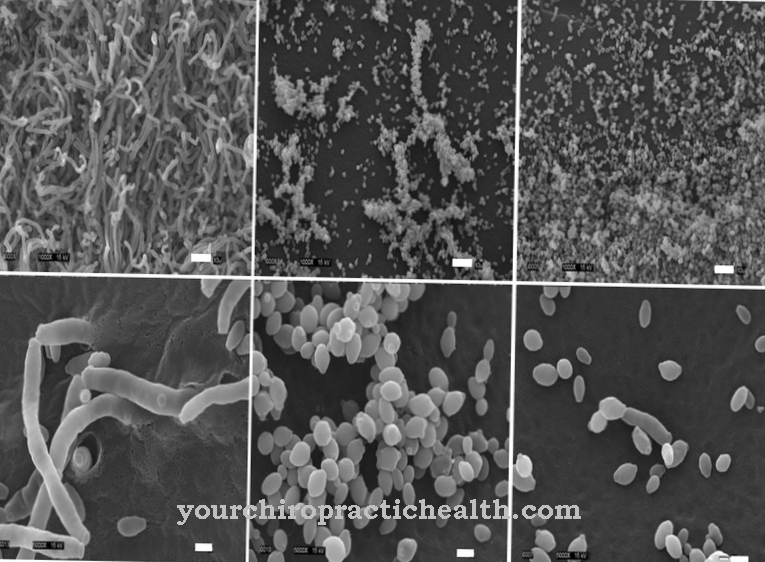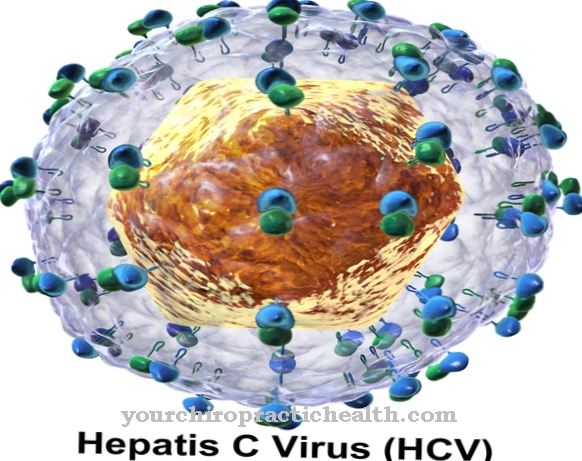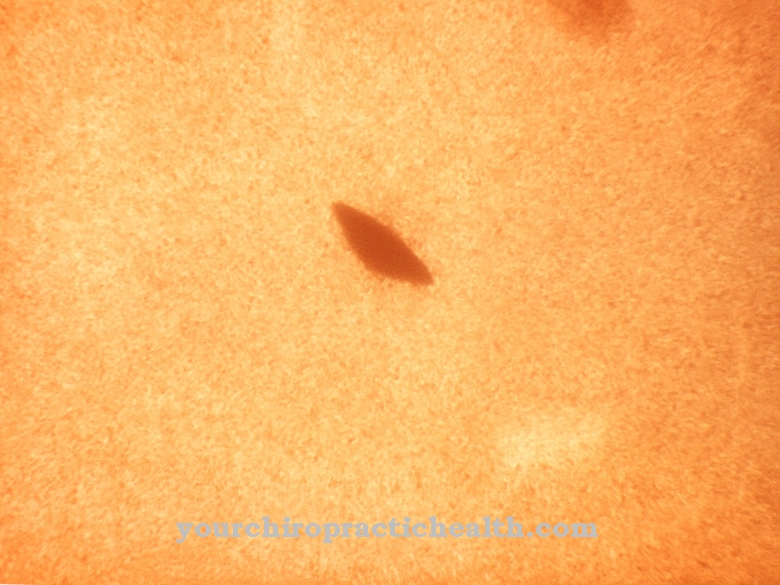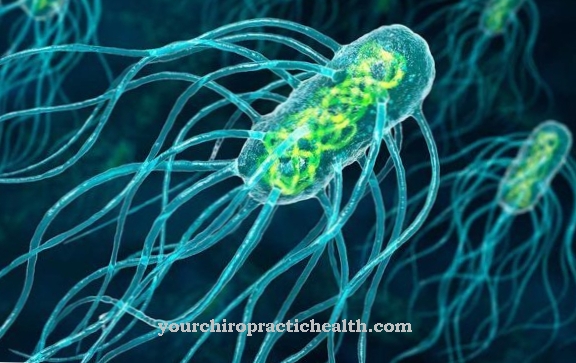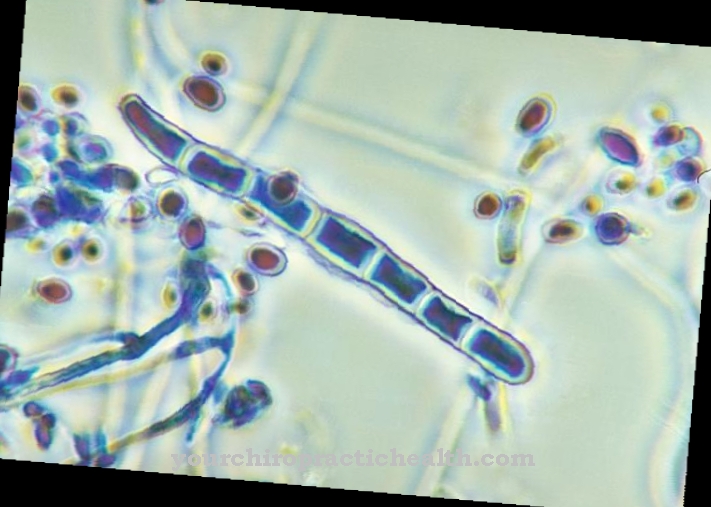At the Trichophyton tonsurans it is a dermatophyte. The fungus mainly affects the skin and its appendages, i.e. the hair and nails. It is one of the most important pathogens causing dermatophytosis or tinea.
What is Trichophyton tonsurans?
The Trichophyton tonsurans is a thread or hyphae fungus. This also includes other dermatophytes such as the Epidermophyton floccosum or Microsporum. They are called dermatophytes because they mainly affect the skin, hair and nails. Trichophyton tonsurans is a parasite. Parasitism is a form of coexistence between two organisms in which one benefits at the expense of the other.
Tinea is the term used to describe some diseases that are caused by Trichophyton tonsurans and other dermatophytes. This is usually a reddening of the skin, which is characterized by increased scales and blistering.Tinea can develop almost anywhere and from there spread to other areas of the skin. However, the fungus only spreads on the superficial layers of the skin.
Trichophyton tonsurans can not only be transmitted from person to person, but it can also be found on animals and thereby infect people on contact.
Occurrence, Distribution & Properties
Trichophyton tonsurans is common worldwide. It should be noted that around 10 to 20 percent of the world's population suffer from a fungal disease. Typical habitat of Trichophyton tonsurans are humid and warm places, which in humans are mainly between skin folds and the spaces between toes and fingers. In addition, nails and, above all, hair are places where Trichophyton tonsurans spreads.
Infectious flakes of skin are constantly shedding that can infect other people upon contact. The transmission of Trichophyton tonsurans takes place mainly anthropophilically, that means from person to person. This can be done directly if, for example, many people are together, as is particularly the case with changing rooms and communal showers, or indirectly. Since Trichophyton tonsurans mainly affects hair, infectious hair and dandruff can contaminate combs or hats, which can spread to them when they are worn by other people. The transmission from animal to human, also known as zoophilic transmission, is less common. In addition, the pathogen can be in the ground, so that it is transmitted to humans, for example, when gardening.
The Trichophyton tonsurans is a thread or hyphae fungus. These need energy for their growth, which they gain from the keratin of the skin. For this, they have keratinase as a virulence factor, which releases the keratin from the skin or nails. The Trichophyton tonsurans also has proteinases and elastases.
To diagnose the fungus you need a little sample material, which can be obtained by scraping off the affected skin area. This can either be microscoped or cultivated. The so-called conidia can be observed when using the microscope. This is the asexual spore, which can occur as a secondary fruit form in the fungus. In Trichophyton tonsurans, mainly microconidia are observed, macroconidia are rarely seen. The spores of the fungus are stable permanent forms that can still be infectious for months. If you start a culture of the fungus, a white-yellowish or red-brown flat colony can be observed after a few weeks, which is characterized by a velvety or granular appearance.
In the case of Trichophyton tonsurans, only the anamorphic form has become known, i.e. the asexual form. The telemorphic form, that is, the sexual form, has not yet been discovered.
Illnesses & ailments
Trichophyton tonsurans is a typical causative agent of dermatomycosis. This is a fungal disease that occurs in the skin and its appendages. Another name is ringworm. This varies in appearance, but it usually appears as reddish flaking skin. Tinea corporis is characterized by the fact that a skin area begins to shimmer and flake reddish and this increasingly spreads outwards. The shed scales are highly infectious.
The fungus can also spread in the nail and trigger nail mycosis (tinea unguium). The nail becomes very brittle and turns brownish-yellow. Trichophyton tonsurans, however, is the most common causative agent of hair mycosis, which can affect scalp hair or beard hair (tinea capitis or barbae). The fungus grows in the hair in the direction of the hair follicle, where it surrounds the hair and then penetrates the hair, which is also known as endothrich. After it then forms spores and hyphae there, the hair becomes more brittle and has a strong tendency to become brittle. In the most severe case, this leads to a kerion, a lump in the head area.

